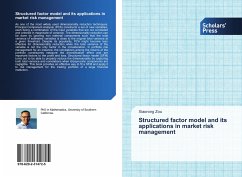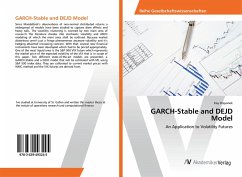As one of the most widely used dimensionality reduction techniques, Principal Component Analysis (PCA) constructs a set of new variables, each being a combination of the input variables that are not correlated and ordered in magnitude of variance. The dimensionality reduction can be done by ignoring non material components such that the total variance of estimated variables is close to the original total variance at a given threshold. Despite its popularity, PCA might become less effective for dimensionality reduction when the total variance of the variable is not the only factor in the consideration. In portfolio risk management for an instance, the correlations among the returns of the portfolio constituents measure the diversification effect and are important factors to the profit and loss. Structured factor model (SFM) turns out to be able to properly reduce the dimensionality by capturing both total variance and correlations when idiosyncratic components are negligible. Thisbook provides an effective way to fit a SFM and apply it to risk management for the trading portfolio of a large financial institution.
Bitte wählen Sie Ihr Anliegen aus.
Rechnungen
Retourenschein anfordern
Bestellstatus
Storno








